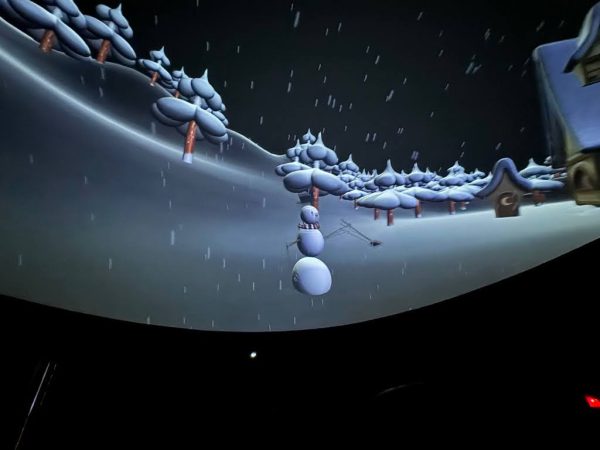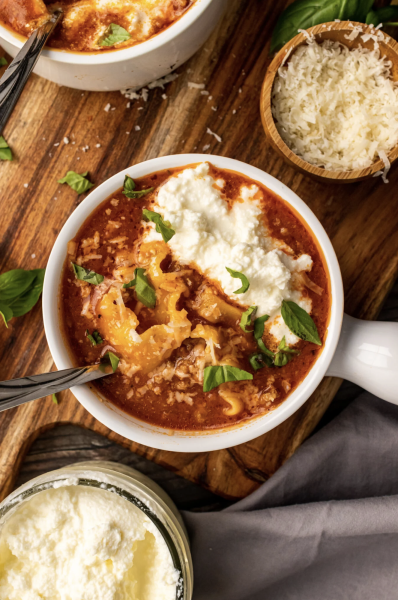NASC Colloquim Hosts Elizabeth Berry Drago
The Natural Sciences and Mathematics (NASC) Colloquim hosted Elizabeth Berry Drago on Wednesday, April 13 for a lecture titles ‘Alchemy’s Rainbow’ in collaboration with the Art & Art History lecture series, CORE Scientific Perspectives, Museum Studies Program, and Picker/Longyear Galleries. The lecture was held in and live-streamed from 300 Olin Hall, and was followed by a Q&A session and finished with refreshments and snacks. Drago, a research curator at the Science History Institute in Philadelphia, gave an in-depth lecture on her work and the interdisciplinary aspects of her studies as an art historian focused on the art of color. Drago talked about the intersection of artistic and scientific exploration, especially in regards to nature, and the essential relationships between art, alchemy, medicine and nature. According to Drago, color was used as an indicator for chemical processes in early alchemy, making it a crucial component of this practice.
Dating back to the 16th century, artists claimed the creative powers of nature through alchemy. Art and alchemy are linked by experimental practice, but also the ability (or attempt) to recreate nature and all of its intricacies. Drago discusses an interesting dichotomy with this relationship, as the processes of alchemy and pigment-making can create both remedies and poisons. Similar to how alchemy tries to recreate nature and its colors, the toxicity of these supplies reflects their toxicity in nature. Paintings often included depictions of deadly things in nature to capture the contrast between nature’s poisonous qualities and healing beauty.
“They used manmade poisonous pigments to represent natural poisonous beauty,” Drago explained. “They explore art’s power to wound or to heal, to frighten and delight, and the artists’ power not only to capture nature but to capture the sometimes toxic essence of nature itself.”
Drago then highlighted the raw qualities of the paint itself. Many supplies can still carry the toxicity that they do in nature, but in the existing duality of this natural, many of the same compounds used to make pigments also carry medicinal properties. For example, copper carbonate, the same compound that is used to create the greenish pigment verdigris, was also used to treat seizures in children.
Sophomore Ali Kercher, who attended the lecture, reflected on what she found most intriguing about Drago’s talk.
“I think the most interesting thing that I learned was that the chemicals that were used to make pigments were also used in medicine,” Kercher said. “So art and nature, and medicine are all connected which I didn’t really know before.”
Drago also spoke about how the evolution of alchemy and medicine is parallel to the evolution of art. Distilling substances such as turpentine was seen as a way to reduce matter to its pure essence–a process that was symbolic of purity and self-transformation. Reflective in this is turpentine’s healing abilities; it was also used as a topical muscle relaxer. Distillation was an advancement in both alchemy and medicine, as well as art, as the paint thinner had a glazing effect that enabled a smoother skin-like texture in paintings. These evolutions of paint, which allowed advancements in light, texture and illusion in art, were enabled not only by artists’ capacity to invent with color but also by alchemists’ ability to invent color and its different dimensional qualities. The overlapping of alchemy, art, and medicine that intersects at color confirms color’s significance in the progression of art and medicine in modern times.
“I teach in the Scientific Perspectives, and we are always trying to think of how do we communicate science and the great diversity of science,” Patricia Jue — event organizer and chemistry laboratory instructor — said of the event’s interdisciplinary nature in the context of the NASC colloquium series at-large. “The question is where do you put one of these speakers whose discipline is art history, but is really looking at early science; when I listen to her I’m thinking chemical reactions cause I live in the world of chemistry.” She elaborated on her decision by saying, “I thought it was really good to have that intersection.”





